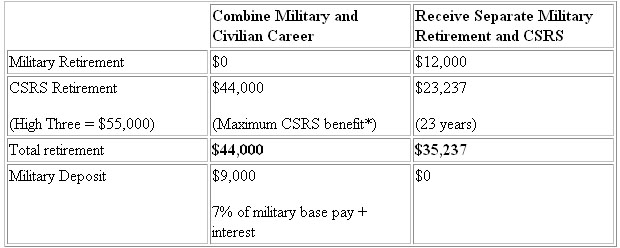As a veteran, navigating the complex world of disability compensation can be overwhelming. The Department of Veterans Affairs (VA) provides financial assistance to veterans who have suffered service-connected injuries or illnesses, but understanding the current disability compensation rates is crucial to ensure you receive the benefits you deserve. In this article, we will delve into the current disability compensation rates, how they are determined, and what you can expect from the VA.
What are Disability Compensation Rates?
Disability compensation rates are monthly payments made to veterans who have been diagnosed with a service-connected condition. The VA uses a rating system to determine the severity of the condition and the corresponding compensation rate. The rating system ranges from 0% to 100%, with higher ratings resulting in higher compensation rates.
Current Disability Compensation Rates
The current disability compensation rates for veterans are as follows:
100% disability rating: $3,346.06 per month
90% disability rating: $2,032.74 per month
80% disability rating: $1,631.69 per month
70% disability rating: $1,427.71 per month
60% disability rating: $1,234.69 per month
50% disability rating: $893.45 per month
40% disability rating: $627.61 per month
30% disability rating: $441.35 per month
20% disability rating: $281.75 per month
10% disability rating: $152.64 per month
0% disability rating: $0 per month
How are Disability Compensation Rates Determined?
The VA uses a combination of factors to determine disability compensation rates, including:
Medical evidence: The VA reviews medical records and documentation to determine the severity of the condition.
Diagnostic codes: The VA uses diagnostic codes to identify the specific condition and determine the corresponding rating.
Rating schedule: The VA uses a rating schedule to assign a rating based on the severity of the condition.
Additional Benefits
In addition to disability compensation rates, veterans may also be eligible for other benefits, including:
Special monthly compensation (SMC): SMC is a higher rate of compensation paid to veterans who have suffered severe injuries or illnesses, such as loss of a limb or blindness.
Dependent benefits: Veterans with dependents, such as spouses or children, may be eligible for additional benefits.
Housebound benefits: Veterans who are housebound due to their condition may be eligible for additional benefits.
Understanding current disability compensation rates is essential for veterans who have suffered service-connected injuries or illnesses. The VA provides financial assistance to help veterans cope with the physical and emotional challenges of their condition. By knowing the current disability compensation rates and how they are determined, veterans can ensure they receive the benefits they deserve. If you are a veteran seeking disability compensation, it is essential to work with a qualified VA representative to ensure you receive the maximum benefits available to you.
Note: The rates mentioned in this article are subject to change and may not reflect the current rates. Veterans should check with the VA for the most up-to-date information on disability compensation rates.









